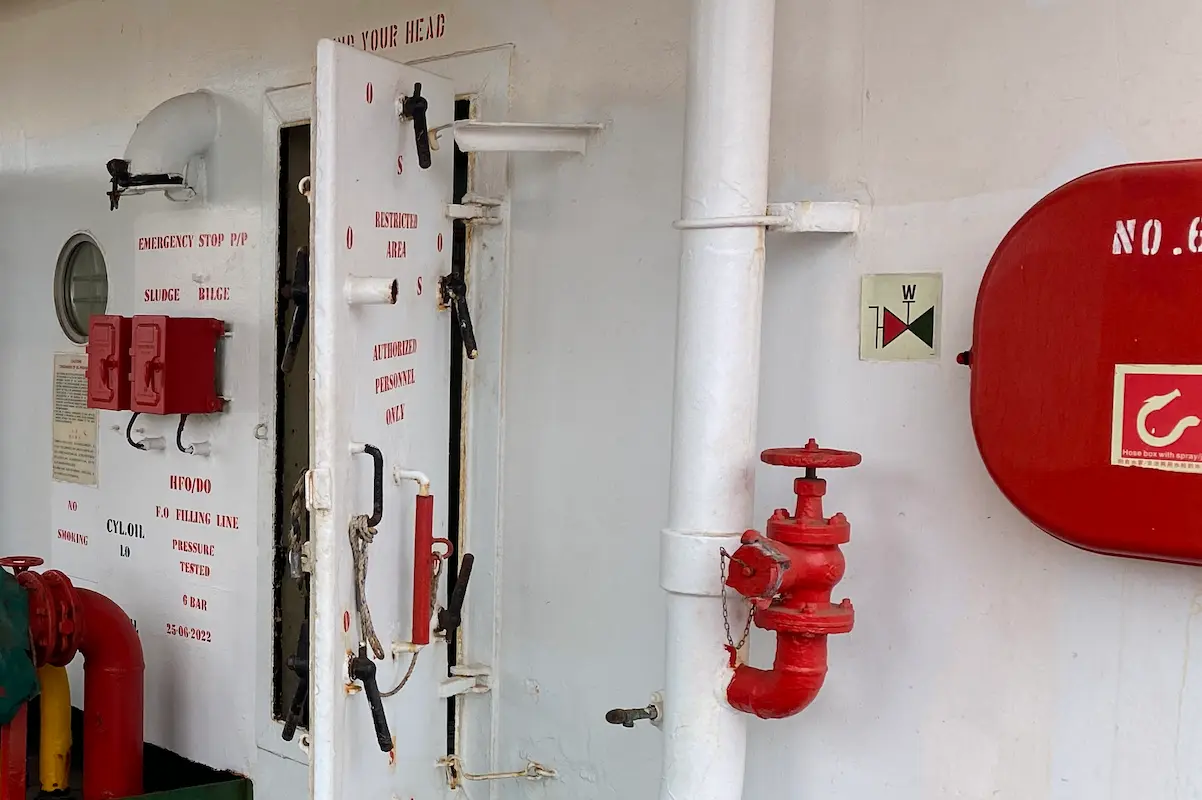
Fire Hose SOLAS Requirements, Regulation 10: Ensuring Maritime Safety
All ships must comply with fire hose SOLAS Requirements outlined in regulations 10, particularly Chapter II-2, Part C “Suspenssion of Fire”.

All ships must comply with fire hose SOLAS Requirements outlined in regulations 10, particularly Chapter II-2, Part C “Suspenssion of Fire”.
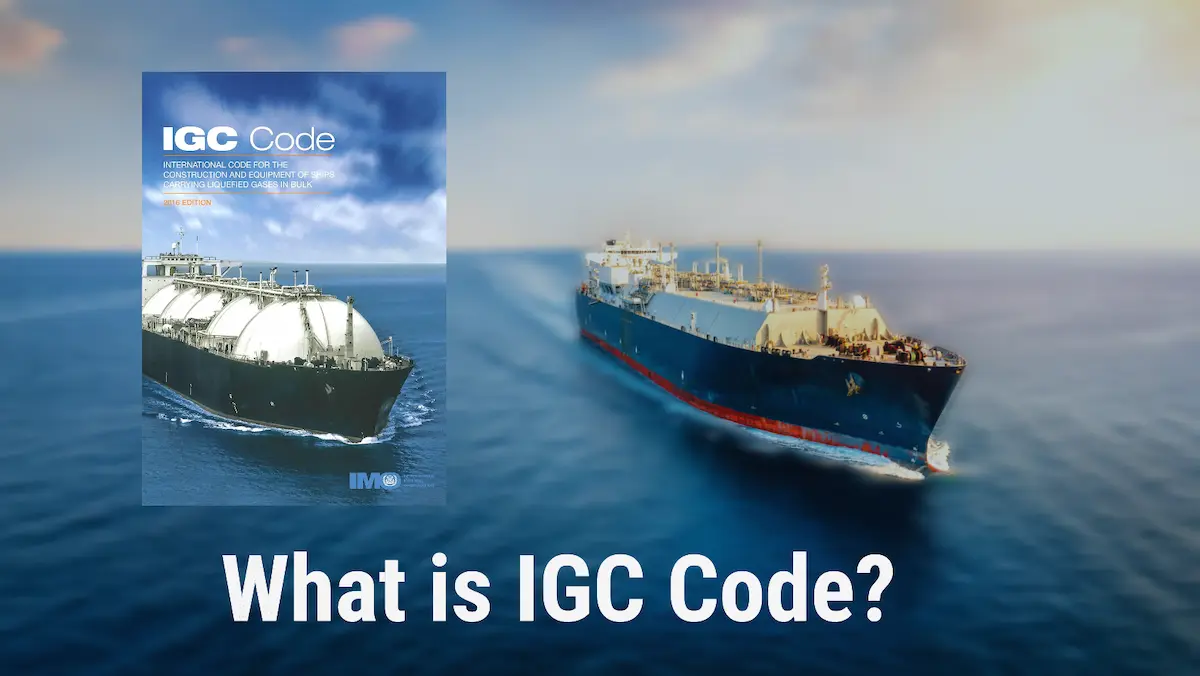
The IGC Code sets international safety standards for ships carrying liquefied gases like LNG and LPG, ensuring their safe transport under strict guidelines.
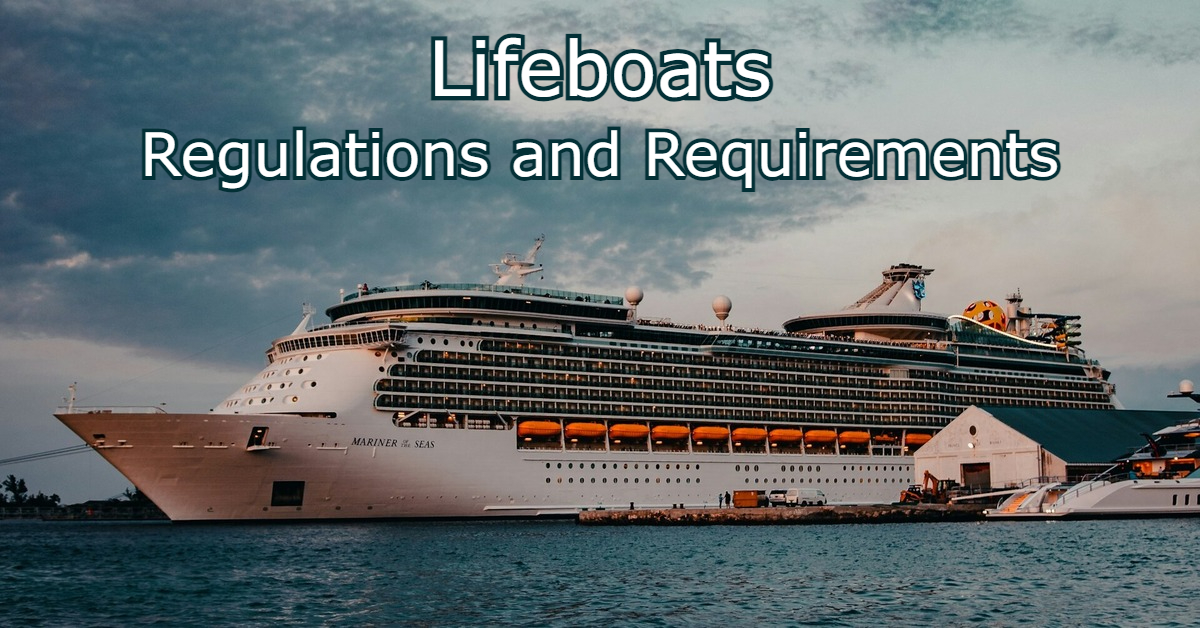
In an emergency, portable vessels called lifeboats will get a ship’s occupants to relative safety. So how do lifeboats work?
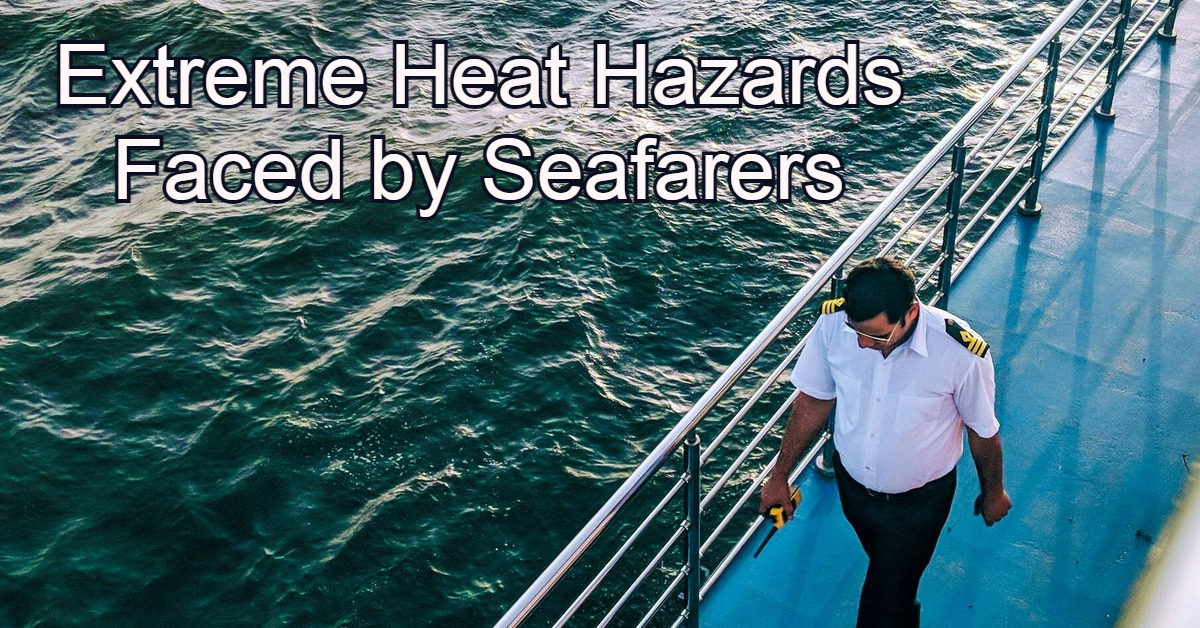
What must sailors know to stay safe and make it back to shore healthy and happy? Here’s a closer look at the extreme heat hazards seafarers face and the precautions and procedures they must know before setting sail.
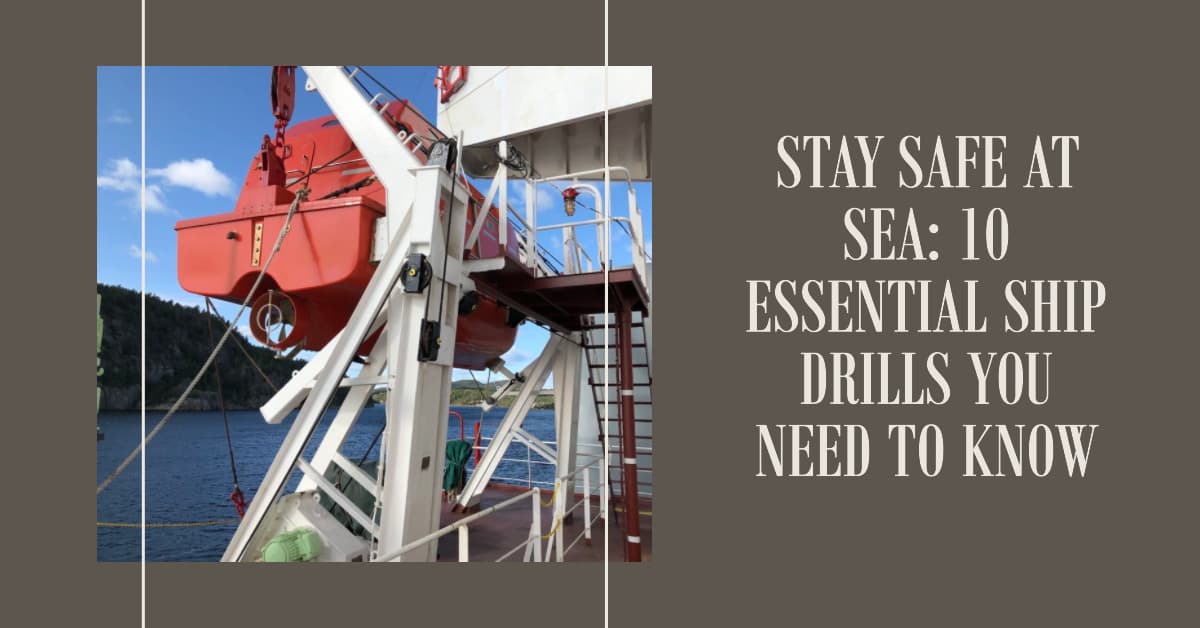
“It takes practice to be good at something” is a common quote that we hear every day. For the officers and crew to efficiently operate the vessel, they would perform […]
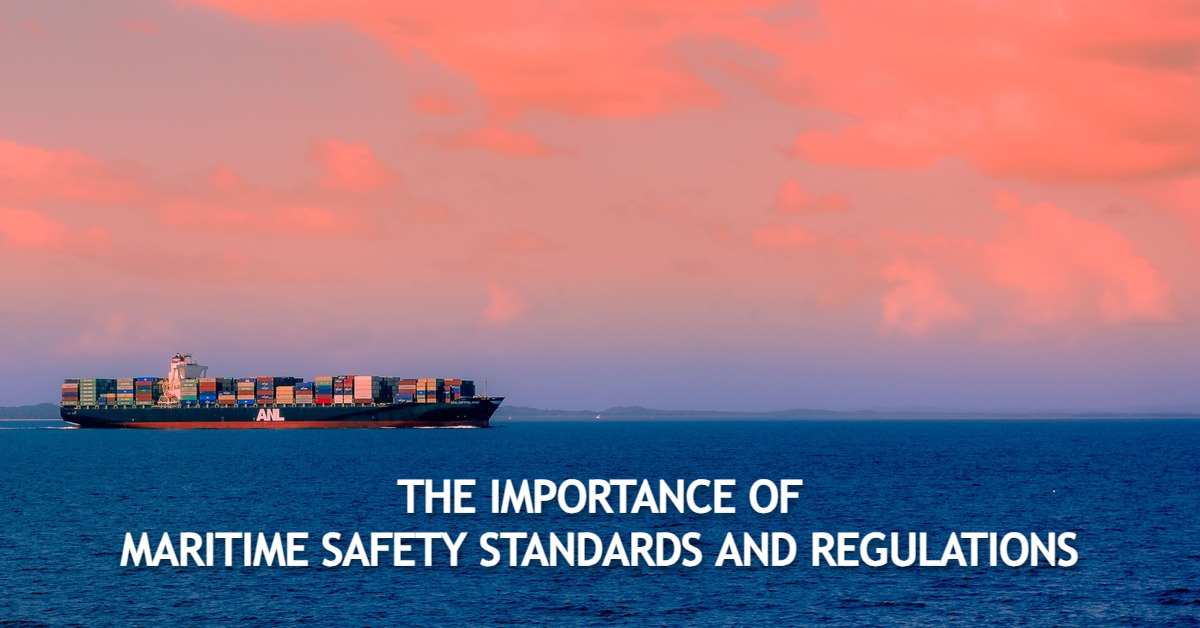
Maritime safety standards and regulations are responsible for keeping international shipping peaceful, prosperous and accident-free. Many organizations work together to protect crews and passengers from the hazards associated with commercial […]
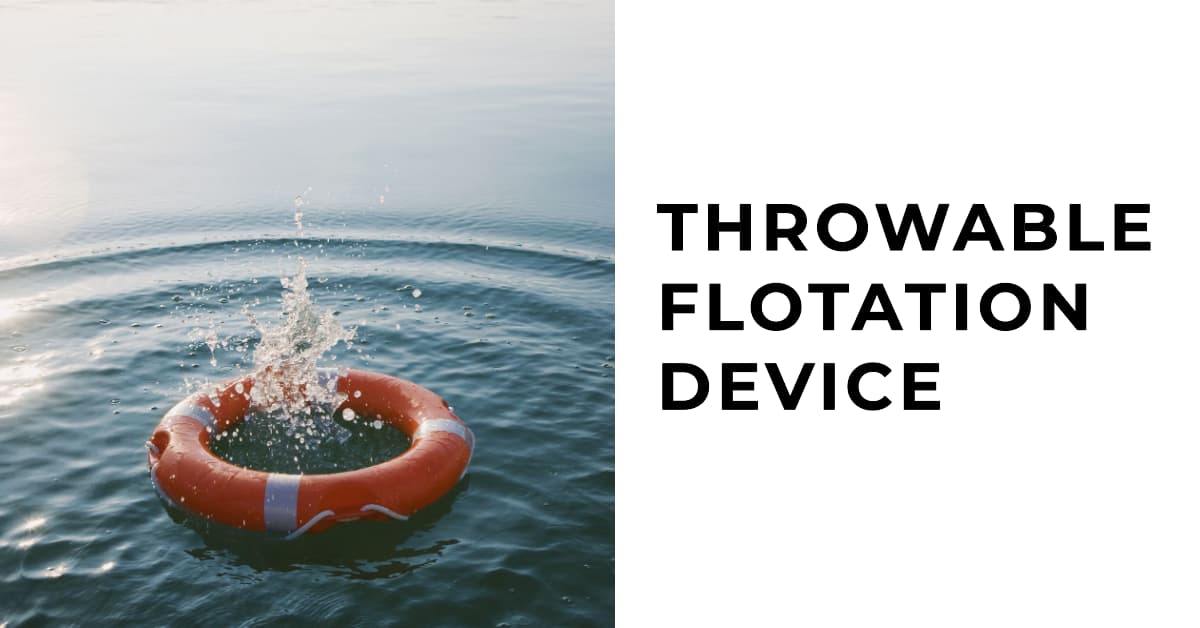
A throwable flotation device is a type of life-saving equipment that can be thrown to a person who is in water and struggling to stay afloat. These devices are designed […]
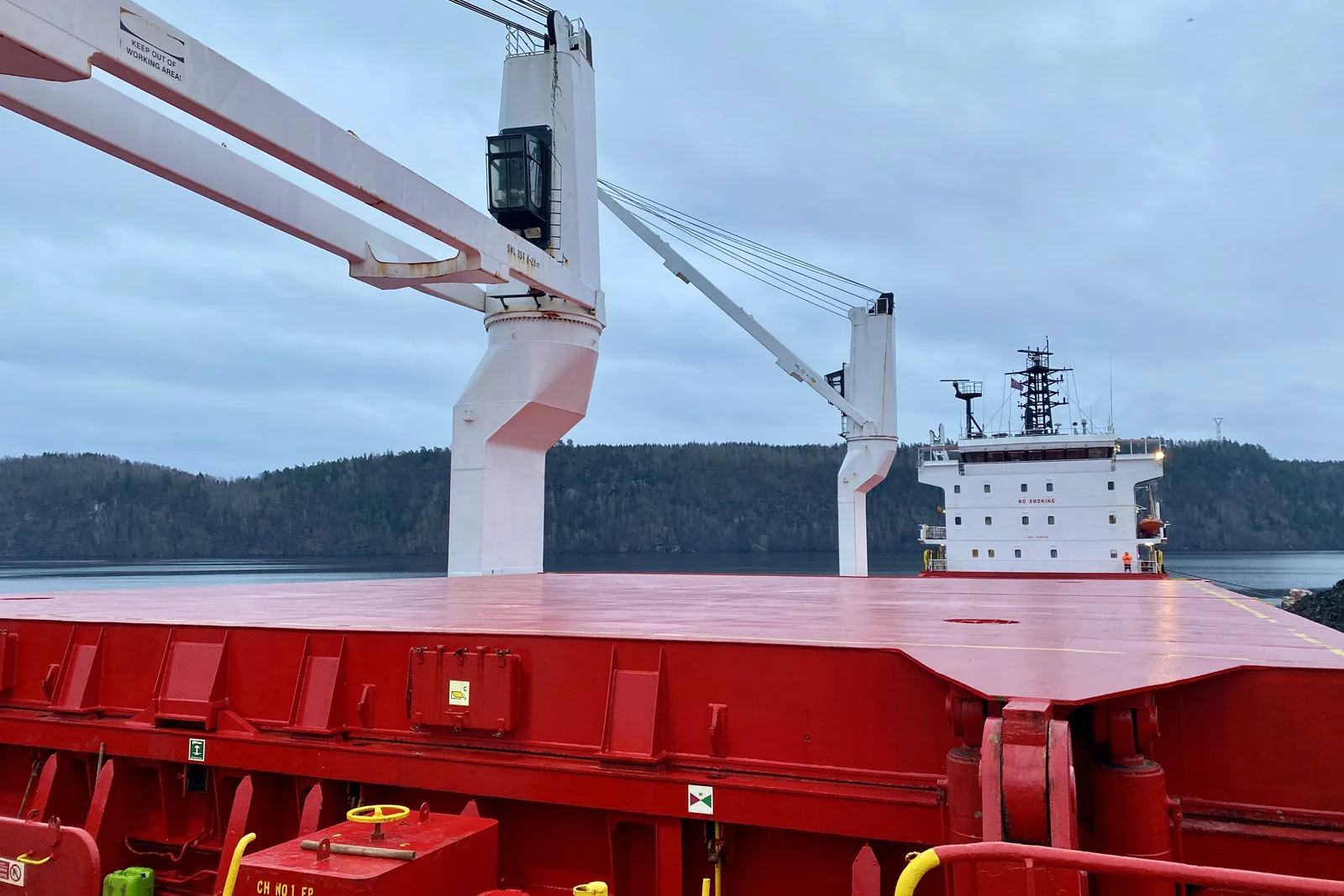
Port State Control (PSC) refers to the inspections and regulations that port states employ on foreign ships entering their own ports to ensure safe shipping and prevent ship-caused pollution. Port […]
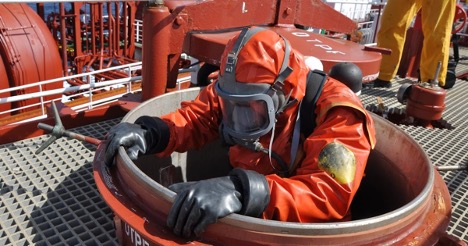
Despite the fact that the risks associated with entry into enclosed spaces on ships are well known and discussed extensively in company safety manuals under the ISM code, enclosed space […]
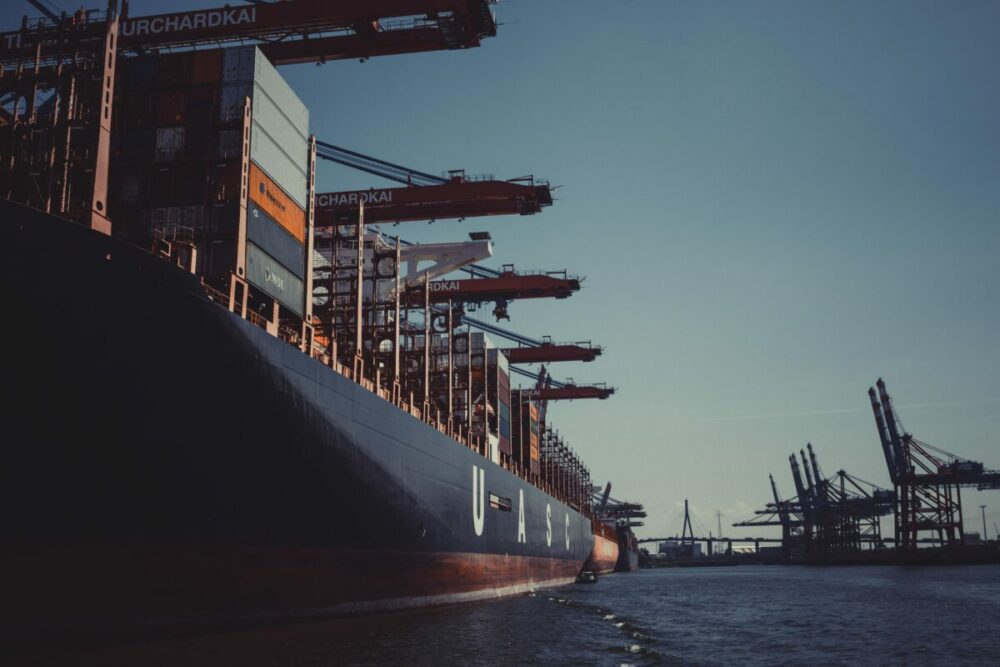
The United Nations Convention on the Law of the Sea (UNCLOS), 1994, Regulation 90, grants the right to all states to register ships under their flags and to sail them […]